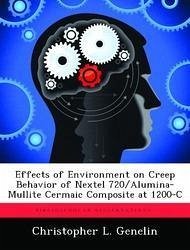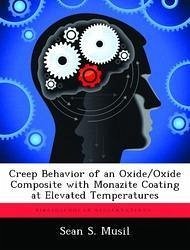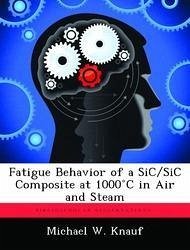Nicht lieferbar

Thermal Effects on the Bearing Behavior of Composite Joints
Versandkostenfrei!
Nicht lieferbar
Thermal effects on the pin-bearing behavior of an IM7/PET15 composite laminate are studied comprehensively. A hypothesis presents factors influencing a change in pin-bearing strength with a change in temperature for a given joint design. The factors include the change in the state of residual cure stress, the material properties, and the fastener fit with a change in temperature. Experiments are conducted to determine necessary lamina and laminate material property data for the IM7/PET15 being utilized in this study. Lamina material properties are determined between the assumed stress free tem...
Thermal effects on the pin-bearing behavior of an IM7/PET15 composite laminate are studied comprehensively. A hypothesis presents factors influencing a change in pin-bearing strength with a change in temperature for a given joint design. The factors include the change in the state of residual cure stress, the material properties, and the fastener fit with a change in temperature. Experiments are conducted to determine necessary lamina and laminate material property data for the IM7/PET15 being utilized in this study. Lamina material properties are determined between the assumed stress free temperature of 460 F down to -200 F. Laminate strength properties are determined for several lay-ups at the operating temperatures of 350 F, 70 F, and -200 F. A three-dimensional finite element analysis model of a composite laminate subject to compressive loading is developed. Both the resin rich layer located between lamina and the thermal residual stresses present in the laminate due to curing are determined to influence the state of stress significantly. Pin-bearing tests of several lay-ups were conducted to develop an understanding on the effect of temperature changes on the pin-bearing behavior of the material. A computational study investigating the factors influencing pin-bearing strength was performed. A finite element model was developed and used to determine the residual thermal cure stresses in the laminate containing a hole. Very high interlaminar stress concentrations were observed two elements away from the hole boundary at all three operating temperatures. The pin-bearing problem was modeled assuming a rigid frictionless pin and restraining only radial displacements at the hole boundary. A uniform negative pressure load was then applied to the straight end of the model. A solution, where thermal residual stresses were combined with the state of stress due to pin-bearing loads was evaluated.








